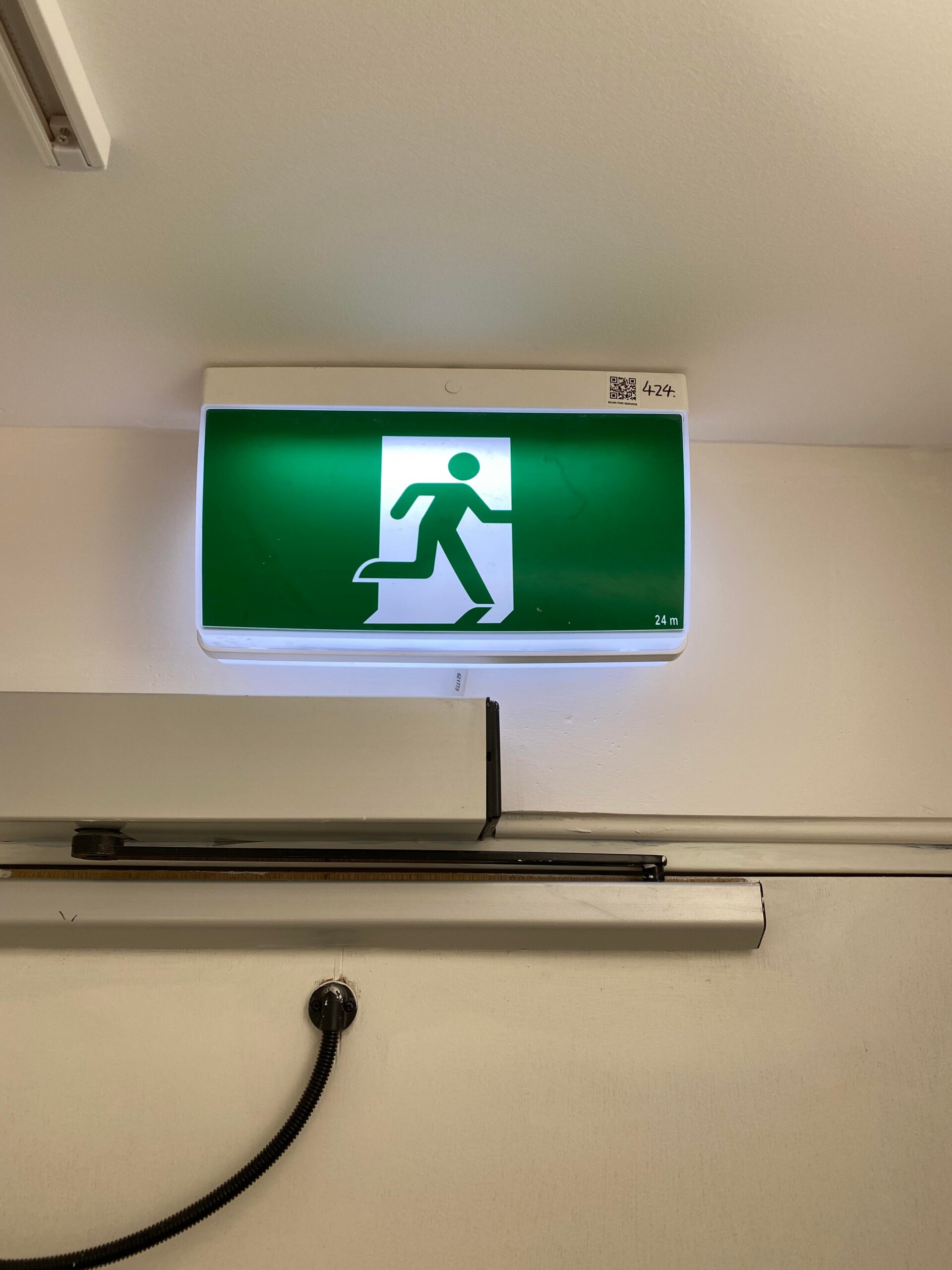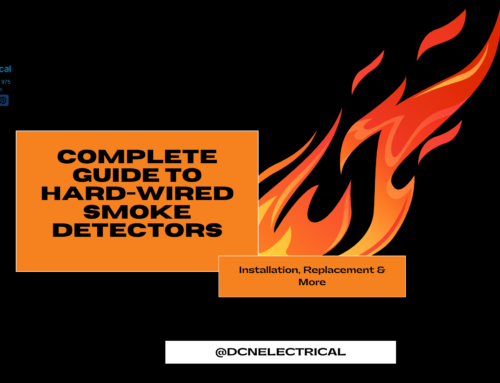Emergency lighting for buildings is a must, but most building managers don’t realize that there are many different options to choose from. We’ll take a look at the different types of emergency lighting and what makes them different.
Definition of automated emergency lighting
Automated emergency lighting refers to a lighting system that automatically turns on in the event of a power outage or emergency situation, providing illumination for occupants to safely evacuate the building. The system is typically powered by batteries or generators and can include features such as self-testing, remote monitoring, and automatic battery recharge.
Importance of emergency lighting in buildings
Emergency lighting provides illumination for occupants to safely evacuate the building and navigate through corridors, stairwells, and other areas to reach a safe exit. In addition to providing a clear path for evacuation, emergency lighting also helps first responders locate and navigate the building during an emergency. Emergency lighting is required by code in many commercial and public buildings, and it is important for building owners and managers to ensure that the emergency lighting systems are in good working order and regularly tested.
Types of Automated Emergency Lighting Systems
There are several different types of automated emergency lighting systems, each with its own advantages and disadvantages. Some common types include:
Battery-backed systems: These systems rely on batteries to provide power during an emergency. They are relatively simple to install and maintain, but the batteries need to be regularly tested and replaced to ensure they will function properly during an emergency.
Generator-backed systems: These systems rely on generators to provide power during an emergency. They are typically more expensive to install and maintain than battery-backed systems, but they provide a more reliable source of power during an extended power outage.
Hybrid systems: These systems combine battery and generator-backed systems, providing a backup power source.
Self-contained emergency lighting unit: These are individual units that are equipped with a battery, lamp and test switch, they are easy to install, but they need to be tested individually and battery replaced periodically.
Central battery systems: These systems power multiple emergency lights via a central battery bank, they are more complex to install but they are more efficient in terms of testing and maintenance.
It’s important to note that building codes vary depending on the location and type of building, and the emergency lighting system must meet the codes and regulations.
Factors to consider when designing an automated emergency lighting system
When designing an automated emergency lighting system, there are several important factors to consider:
Building layout and occupancy: The design of the emergency lighting system should take into account the layout of the building, including the location of exits and stairwells, as well as the number of occupants that may need to evacuate the building.
including the location of exits and stairwells, as well as the number of occupants that may need to evacuate the building.
Power source: The emergency lighting system must have a reliable power source, whether it be batteries, generators, or a combination of both. The power source should be able to provide enough power to keep the lights on for at least 90 minutes, as required by most building codes.
Lighting level: The emergency lighting system should provide enough light to allow occupants to safely evacuate the building. The lighting level should be at least the same as the normal lighting level in the building, and it should be distributed evenly throughout the building to provide a clear path for evacuation.
Testing and maintenance: The emergency lighting system should be designed to be easy to test and maintain. This may include features such as self-testing, remote monitoring, and automatic battery recharge.
Cost: The cost of the emergency lighting system should also be taken into account when designing it. The budget should be allocated for the emergency lighting system and the cost should be balanced with the safety and security of the building occupants.
Codes and regulations: The emergency lighting system must comply with all relevant local, state and national codes and regulations. It’s important to consult with an expert to ensure the design of the system meets the necessary codes.
Common issues with automated emergency lighting systems and how to address them
Automated emergency lighting systems can experience a variety of issues, and it’s important to address them promptly to ensure the system is functioning properly and the safety of the building occupants is not compromised. Some common issues include:
Power failure: The most common issue with automated emergency lighting systems is power failure. This can be caused by a variety of issues, including a failure of the batteries or generators, or a problem with the electrical wiring. To address this issue, it is important to test the system regularly and replace batteries or generators as needed.
Lighting failure: Another common issue with automated emergency lighting systems is lighting failure. This can be caused by a problem with the light fixtures or bulbs, or a problem with the electrical wiring. To address this issue, it’s important to test the lights regularly and replace any faulty fixtures or bulbs.
Maintenance: Regular maintenance is crucial for emergency lighting systems, but it’s not always done regularly, this can cause the system to fail during an emergency. To address this issue, it’s important to schedule regular maintenance and testing of the emergency lighting system.
Remote monitoring: Some systems come with remote monitoring capabilities, but if not set up properly or if the monitoring system is not working properly, the system may fail and the issues may not be detected in time. To address this issue, it’s important to ensure that the remote monitoring system is working properly and that the system is set up correctly.
Automated emergency lighting for buildings is a great way to ensure that your building is prepared for any event. Here at DCN Electrical, we can ensure that your building is taking care of and ready for whatever comes its way. If you’re interested in finding out more about our automated emergency lighting for buildings, please contact us at 0404 863 975. We look forward to hearing from you!









